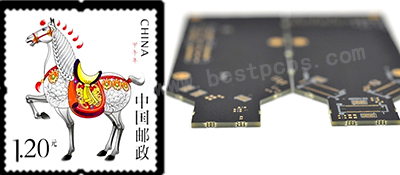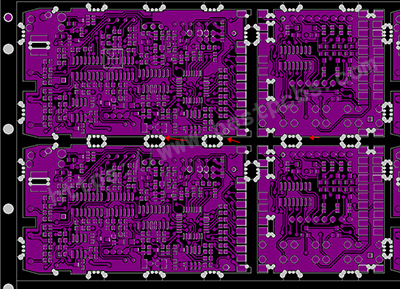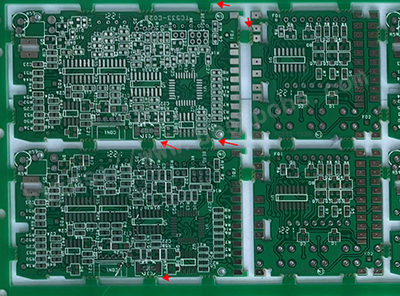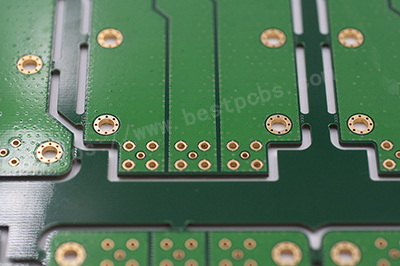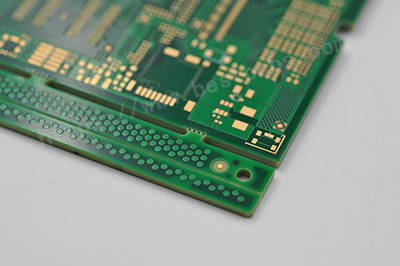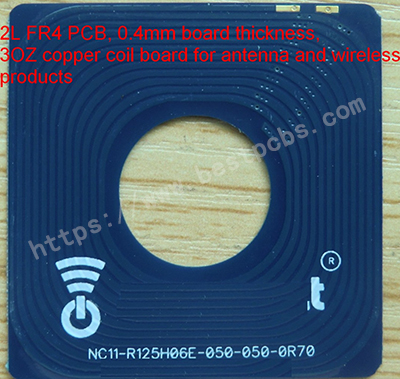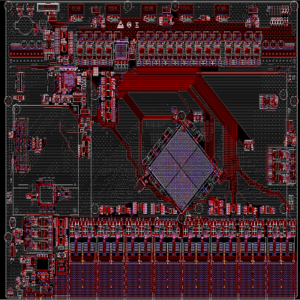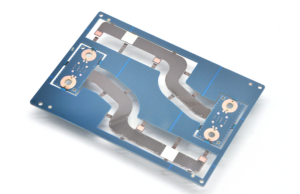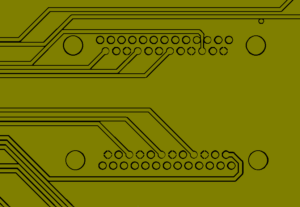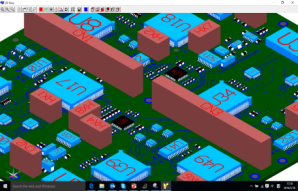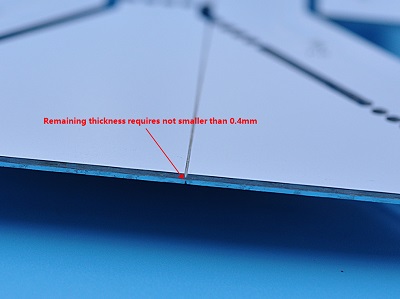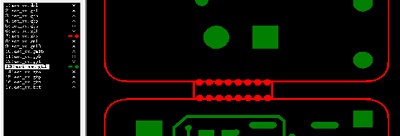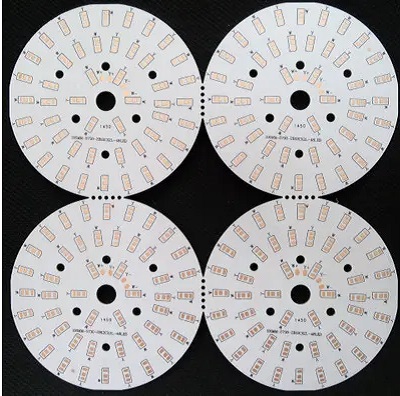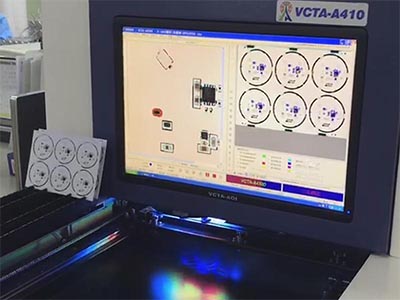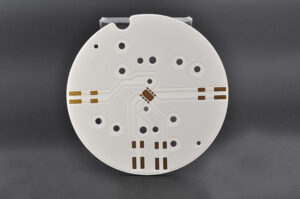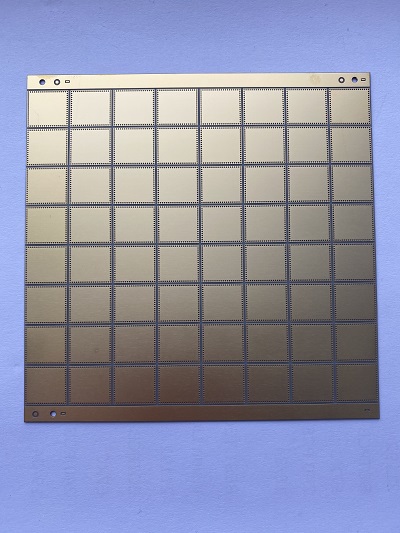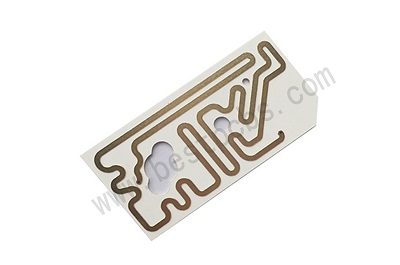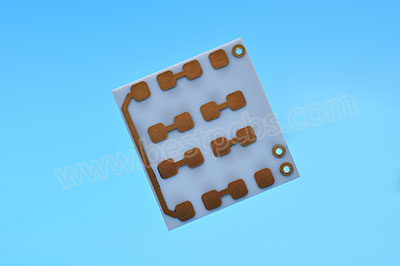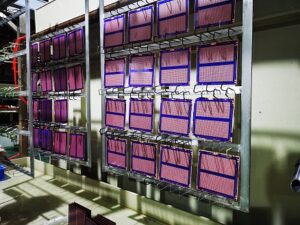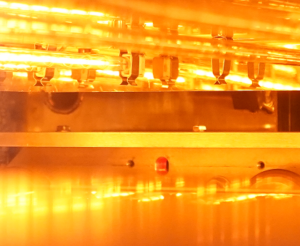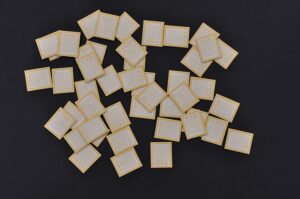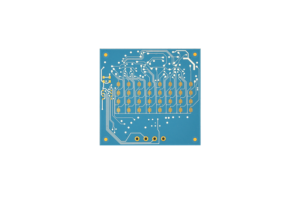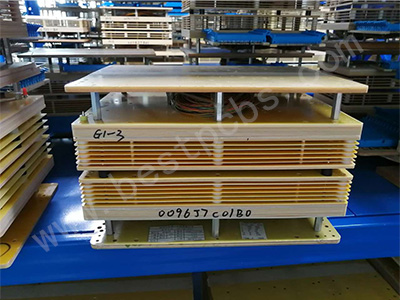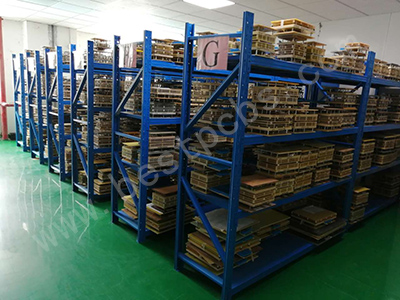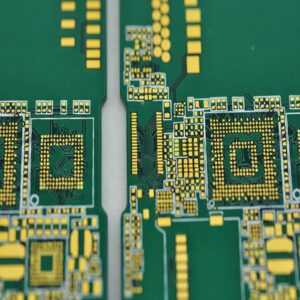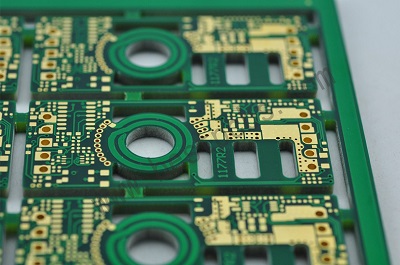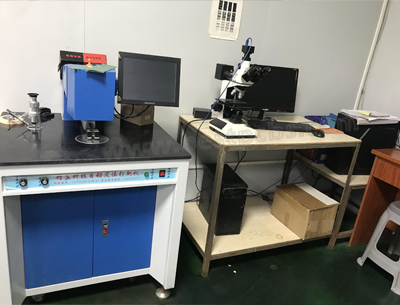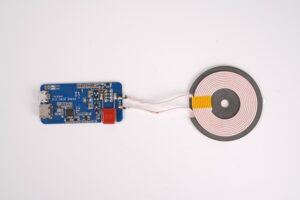#Bestpcb #Best PCB
Maybe you’ve ever been recommended by your PCB manufacturer to add a mouse bite on the PCB edge?
But, what’s mouse bites? Is it something about the Rat?
Of course not, it is kind of connection way for PCB Panel.
As you know, usually the Printed Circuits Boards are manufactured on a standard sized panel, and sometime, the panel will with sharp edges, and those sharp edges are often referred to as “mouse bites” and they are left over after depanelization.
Mouse Bites usually presented as row of tiny holes on the board edge, just like the half holes around a stamp, which to connect and allow those small boards in an array.
Here is the picture for you to see how the mouse bites presented on the Gerber drawing and what it is when it is finished.
Partial Effect drawing after Penalization: (the way of connecting bridge is used in the middle, this way can reduce the residue of burr in minimize)
Some People also called mouse bites as perforated breakaway tabs, it is designed for a better the purpose of the mouse bites is for a better grasp when mounted.
Here is the design rules if you need to add the mouse bites on your PCB panel.
- The distance between each single board need to arranged as 1.2mm and 1.6mm.
- The distance between each holes need to be 0.2mm, the distance between holes center should be 0.75mm.
- Need to add two rows, the mouse bites extend to 1/3 of the board, if there is a some circuits on the board edge, you will need to avoid it.
- After adding mouse bites, the shapes of the two sides of the hole are connected, which is convenient for the production of gongs after work.
Here are some of our PCB with mouse bites for your reference.
If you want to add mouse bites on your PCB board, you are welcome to send us your request and we will help you make it on your PCB Panel.



